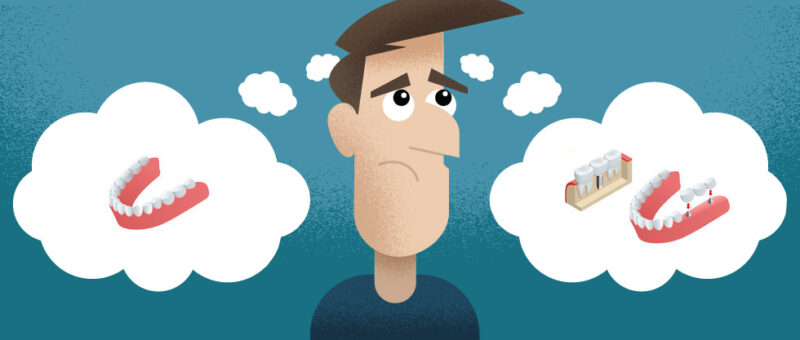It takes more muscles to frown than it does to smile. But, having crooked, chipped, cracked, or damaged teeth can result in multiple issues not only with your oral health but with your confidence as well and can lead to less smiling.
However, with all the different types of cosmetic dentistry available, it’s easy to find a solution that works best for improving your health and your confidence. Talking with your dentist about your options can not only get you on the road to better oral hygiene but help boost your confidence. To see the best options available for you, here are some of the most common types of cosmetic dentistry available:
The simplest and least-expensive way to improve a smile. Teeth can be bleached with in-office products in your dentist’s office, or you can buy molds and gels from your dentist to bleach your teeth at home. Additionally, there are multiple whitening products available over-the-counter at retail stores like whitening toothpastes, strips, trays, and paint-on gels. Be sure to discuss this with your dentist first to find the best product for you.
Dental Veneers
These wafer-thin veneers are custom-made shells of tooth-colored porcelain or resin that cover the front surface of the teeth. Before they are placed, your dentist will remove about a half-millimeter of enamel from the tooth surface. The thin shells are then bonded (cemented) to the front of the teeth which helps change the color, shape, size, or length of the tooth.
Dental Bonding
In dental bonding, a tooth-colored putty-like resin, which is a durable plastic material, is applied to the tooth and hardened with an ultraviolet or laser light. This process bonds the material to the tooth. Your dentist then trims, shapes, and polishes it. Bonding can repair decayed, chipped, cracked, or misshapen teeth.
Dental Crown
A dental crown, or cap, fits over and replaces the entire decayed or damaged tooth above the gum line. This restores the tooth’s shape, size, strength, and appearance. Crowns keep a weak tooth from breaking or hold a cracked tooth together.
Inlays and Onlays
As an alternative to crowns, inlays and onlays, also called indirect fillings, are made from gold, porcelain, or composite materials and fill decayed or damaged teeth. Dental fillings are molded into place during an office visit; however, inlays and onlays are created in a dental laboratory and bonded into place by your dentist. Inlays are bonded within the center of a tooth, and onlays occur when the filling includes one or more points of the tooth or covers the biting surface.
Dental Implants
Dental implants are titanium replacement tooth roots inserted into the bone socket of the missing tooth. As the jawbone heals, it grows around the implanted metal post, anchoring it securely in the jaw and providing a foundation for a replacement tooth.
With so many options available, there are just as many your dentist about the different options you have available for you!


